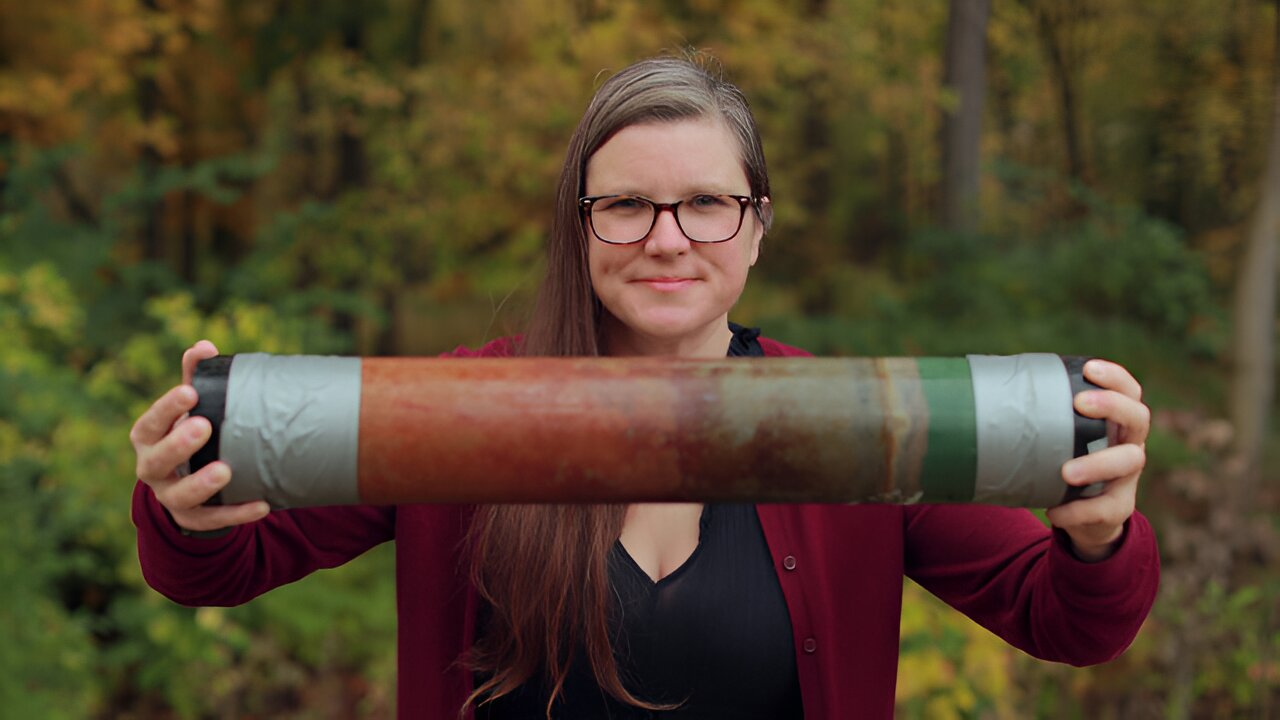Scientists have long debated the Anthropocene Epoch, a proposed unit of geologic time corresponding to the most recent period in history. It’s characterized by substantial human impact on the planet.
Are we living in the Anthropocene? And if we are, then when did it start?
In a research article published this month in the Proceedings of the National Academy of Sciences, the University of Toledo’s Dr. Trisha Spanbauer and Stanford University’s Dr. M. Allison Stegner lend credence to the argument for its existence. The pair analyzed open-source data to track vegetation changes across North America since the end of the Pleistocene Epoch, and conclude that humans have had as much of an impact on the landscape as the retreat of the glaciers at the end of the Ice Age.
“As a paleolimnologist I’m very interested in what the past can tell us about the future,” said Spanbauer, an assistant professor in the Department of Environmental Sciences. “Biotic changes have been used to demarcate epochs in the past, so this analysis gives us valuable context to understand if what we’re seeing today is fundamentally similar in magnitude to what we would have seen at the shift between the Pleistocene Epoch and the Holocene Epoch.”
Spanbauer and Stegner utilized the Neotoma Paleoecology Database, a community-curated repository for multiple kinds of paleoecological data. They specifically looked at fossil pollen data sourced from 386 sediment cores records taken from lakes across North America.
Sediment cores are samples taken from the bottom of a lake that preserve the depositional sequence. Spanbauer and Stegner considered samples taken as early as the late Pleistocene—around 14,000 years ago.
They analyzed the data according to multiple metrics: taxonomic richness, meaning the diversity of pollen species; first appearance datum; last appearance datum; short-term gain; loss of taxa, measuring the frequency with which species appear and disappear in fossil records; and abrupt community changes, referring to species identified in the samples.
They organized their data points within 250-year time periods and on both continental and regional scales, and incorporated age-model uncertainty and accounted for differences in sample size to generate conservative estimates.
Their results indicate that vegetation changes within the last few hundred years are comparable to those accompanying the last epochal transition, including increases in first and last appearances as well as abrupt community changes.
“The power of a database like this is that we’re able to ask questions about macroscale ecological changes,” Spanbauer said. “Scientists have documented the effects of human activity on single species and on biodiversity in general, but our research puts these observations into a much broader context. It indicates a change in how ecosystems are functioning that supports the delineation of a new epoch.”
More information:
M. Allison Stegner et al, North American pollen records provide evidence for macroscale ecological changes in the Anthropocene, Proceedings of the National Academy of Sciences (2023). DOI: 10.1073/pnas.2306815120
Citation:
Analysis supports demarcation of new epoch characterized by human impact on planet (2023, October 25)
retrieved 25 October 2023
from https://phys.org/news/2023-10-analysis-demarcation-epoch-characterized-human.html
This document is subject to copyright. Apart from any fair dealing for the purpose of private study or research, no
part may be reproduced without the written permission. The content is provided for information purposes only.
Denial of responsibility! My Droll is an automatic aggregator of Global media. In each content, the hyperlink to the primary source is specified. All trademarks belong to their rightful owners, and all materials to their authors. For any complaint, please reach us at – [email protected]. We will take necessary action within 24 hours.


